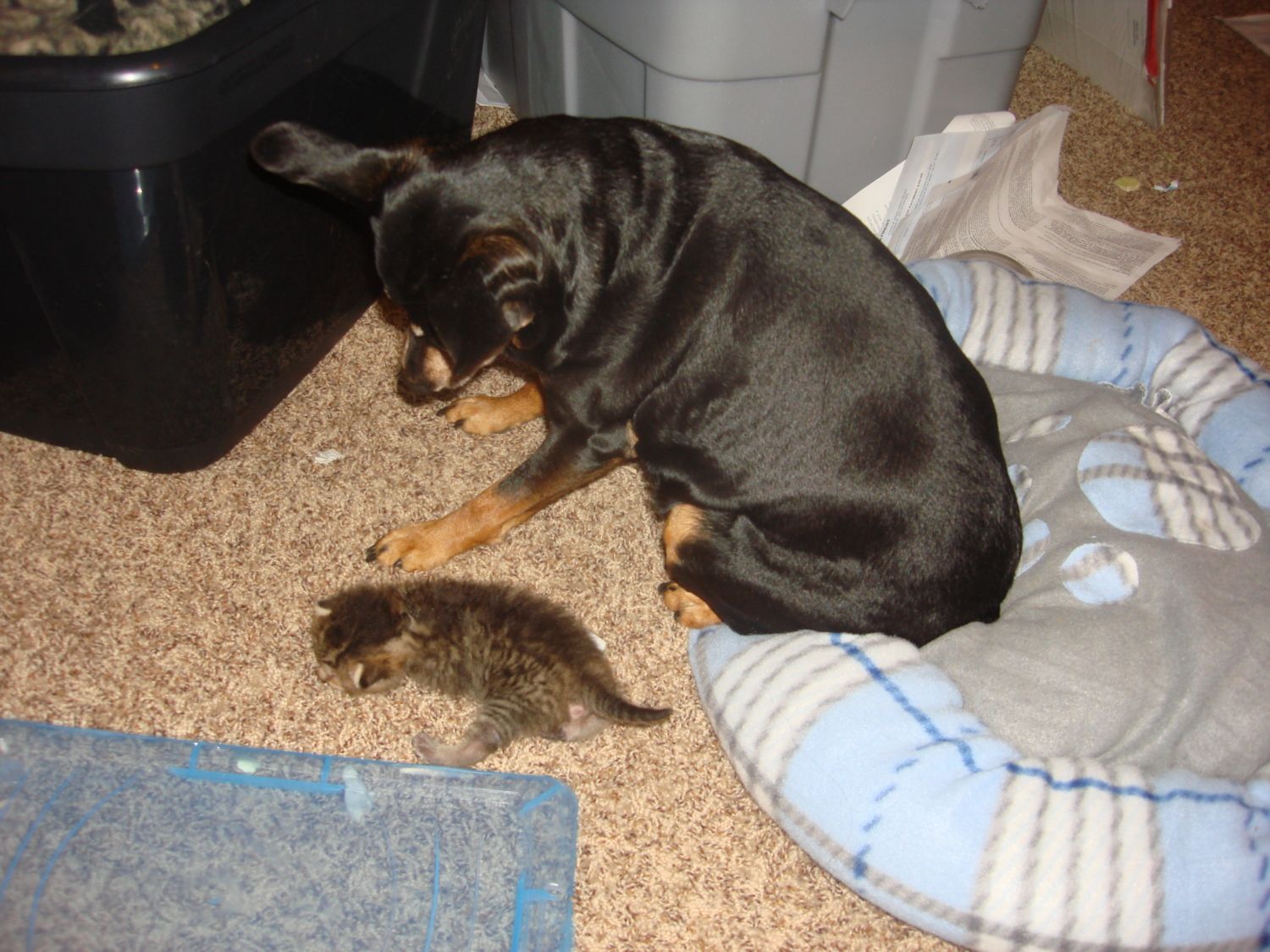Hi all! Quick question about humidity. It's anywhere from 44 to 50 and I want it to be lower, my room temp is 70-73 and not by bath room. I'm using little giant still air. I did add water day 1, because I was going to do the 55% humidity hatch, but then read up on dry hatch and changed my mind. I would really like to do this Without opening it up. I'm kinda scarred. Because I'll know I'll candle them. Or mabye a few. Ahhhhhhh! Please help.
I haven't a clue on how to get the water out without opening it up. Maybe someone has posted the answer while I've been typing this post.
If you have a turkey baster, it will be relatively simple. If you don't have a turkey baster, all bets are off and stop reading.
Get jar/glass/cup and set next to incubator.
Take turkey baster in right hand if righthanded.
Squeeze blub up toward the ceiling, blowing out air.
Take left hand and slowly raise the lid of incubator from the front, just tilting it up, while leaving the back side of lid connected to the incubator.
Take turkey baster and set it in the water and release bulb so that it sucks up water.
Once sucking is completed, try to tilt the tip of the baster up as much as possible so that the water drains into bulb (and doesn't slosh out) while slowly removing turkey baster.
Once turkey baster is out, gently lower lid.
Squirt water into the jar/glass/cup.
If you got most of the water, you are finished.
Adjust the lid so that it is properly seated on the bottom on the LG incubator.
After a day or two the humidity should get lower. (That's what I think, but I'm sure others might recommend something else. And I do have the fan in there which, I imagine, would make the water evaporate more quickly.)
Since your hands are full, you can't candle.
You could also soak up some of the water with paper towels or a sponge to get it out of the incubator.
---------------------------------------
Just for illustration (not for emulation!):
I let my styrobator get completely dry for a few hours before I squirt a little
hot (abt? 130F) water into the middle water recess/loop. The humidity is usually in the 20% range. After I put water in, then it goes up to somewhere in the upper 30s for humidity and I let it drop back down to 20% or so over a day or two. And repeat. I let the water totally run out of the incubator before I squirt a little more
hot water in. On my last stryobater hatch only 3 didn't hatch, so it does work for me
so far.
I don't pay any attention to weight or size of air cell even though quite possibly should and want to. However, I have found a great deal of truth in the saying,
"If it ain't broke, don't fix it." This system is working for me and I don't want to goof it up.
I am not recommending that you do what I do because your home is different from my home. We all have to figure out what we need to do in our own situation based on what the requirements are for chicks to hatch (temp, humidity, turning, etc.). Of course, that's a given. I sure hope I don't move to a new home any time soon because I don't want to have to figure this all out again in another location. Last year I waited too late to hatch and then I couldn't turn on the air conditioner because it would have goofed up the styrobator's heater setting and the humidity levels and also the brooding of the chicks for the first few days when they're in the house. Happily, this is my last hatch this year.
Do those "dry hatch" instructions say that the humidity level must remain stable for the first 18 days? Hmmmm. I don't think that fellow was using a styrobator, was he? Has anyone written up instructions for a low-humidity hatch in any specific brand of styrobator? And fan vs. still air?
Anyway, I sure don't want to lead anyone astray, but my humidity levels in the styrobator fluctuate quite a bit. The humidity in the room I'm in (with the door shut most of the time to keep things stable, it has its own thermostat) is currently 51% and the styrobator is currently reading 27%. And it's time to fill it since it's totally dry.
Anyway, I'm enjoying hearing what everyone is doing with their hatches and have learned a few new, cool tricks. So thanks, everyone!
 We would go over 100 but not over 110 and by the time that started happening it was monsoon season so every afternoon, thunderstorms. I loved it.
We would go over 100 but not over 110 and by the time that started happening it was monsoon season so every afternoon, thunderstorms. I loved it. 













